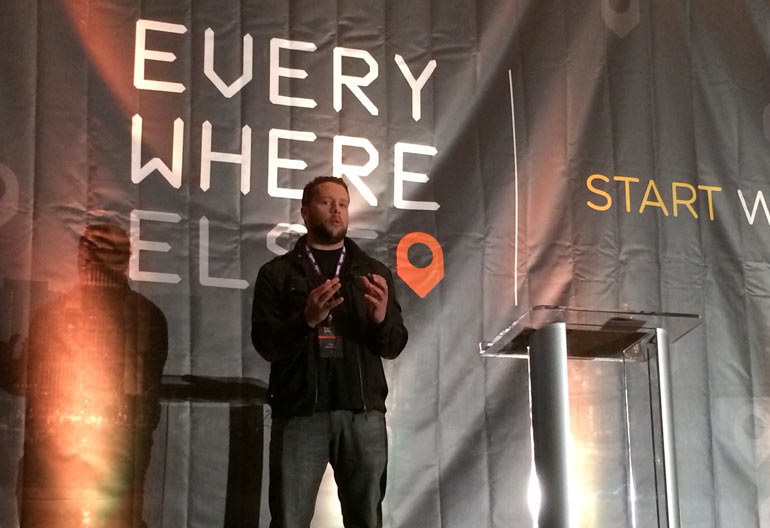 You would think that advances in technology would reduce the amount of hours you spend at work. You’d be wrong, as Technology Digital finds that white collar jobs are sitting at a 60-hour work week, and anyone chasing that elusive 40-hour beast is written off as a part-time dabbler. While it will take quite some time to change the societal and corporate culture, you can put technology to work for you in at least making your time more comfortable. You don’t have to be chained to a desk day in, day out to oversee and manage your business, departments and employees. Instead, put your smartphone to work so you can get a change of scenery.
You would think that advances in technology would reduce the amount of hours you spend at work. You’d be wrong, as Technology Digital finds that white collar jobs are sitting at a 60-hour work week, and anyone chasing that elusive 40-hour beast is written off as a part-time dabbler. While it will take quite some time to change the societal and corporate culture, you can put technology to work for you in at least making your time more comfortable. You don’t have to be chained to a desk day in, day out to oversee and manage your business, departments and employees. Instead, put your smartphone to work so you can get a change of scenery.
Bring Your Own Device
BYOD policies bring more benefits than headaches to most corporations, but if you’re a CTO or needing to manage a variety of mobile devices in a secure and safe manner, it takes some time to work out a cross-platform solution. One such solution, Blackberry’s Mobile Device Management, allows you to take advantage of Blackberry’s secure setup. The Blackberry 10 OS allows you to create a virtualized environment that is kept entirely separate from everything else installed on the device, and supplies mailing and calendar functions, among others. MDM is a cross-platform version of that so you can increase the safety and security of every mobile platform accessing your work network.
Productivity Apps
Productivity apps streamline your day-to-day tasks, as well as keeping you on track with employee activities and essential business information. Stocks is a solid, free Blackberry app that keeps you on track with the stock market, an essential bit of information if you’re a publicly traded company. Evernote is an essential bit of software that works well with small or large teams, or for your own personal notes. Since it’s a cross platform app, you can access your notes from any location, whether it’s your phone or computer. When you need to keep your notes on hand when you’re out of the office, this is the perfect choice for you.
Cloud-based Storage
Cloud-based storage is essential to unlocking you from your office. When you can access your files from any location, at any time, there’s no real reason for you to stick around work if you’re not otherwise needed on-site. Instead, you can head down to the beach and work on your tan while you’re getting the profit and loss statements ready for your department. Many cloud services are compatible with Blackberry, such as Google Drive and Dropbox. However, one the most useful apps you can get is one that allows you to access all your files in any of the cloud storage sites supported. This app is called Playcloud, and it also lets you bring up FTP and local files.



















